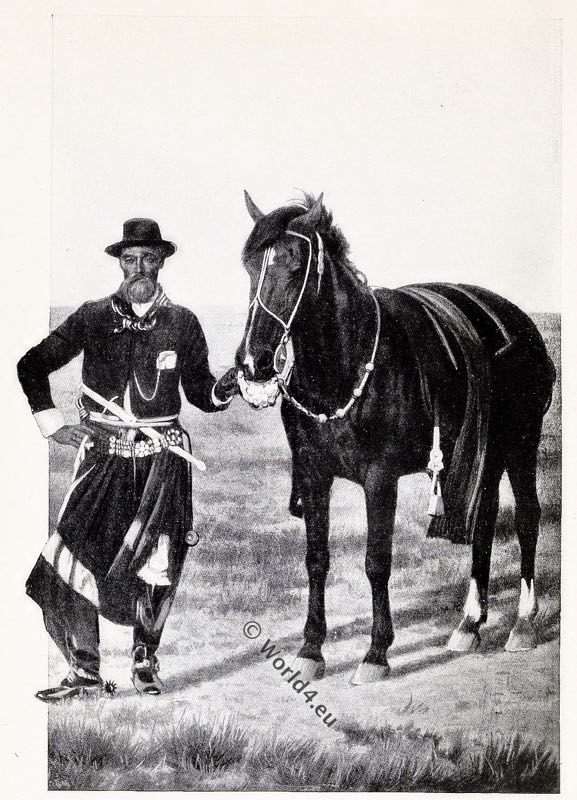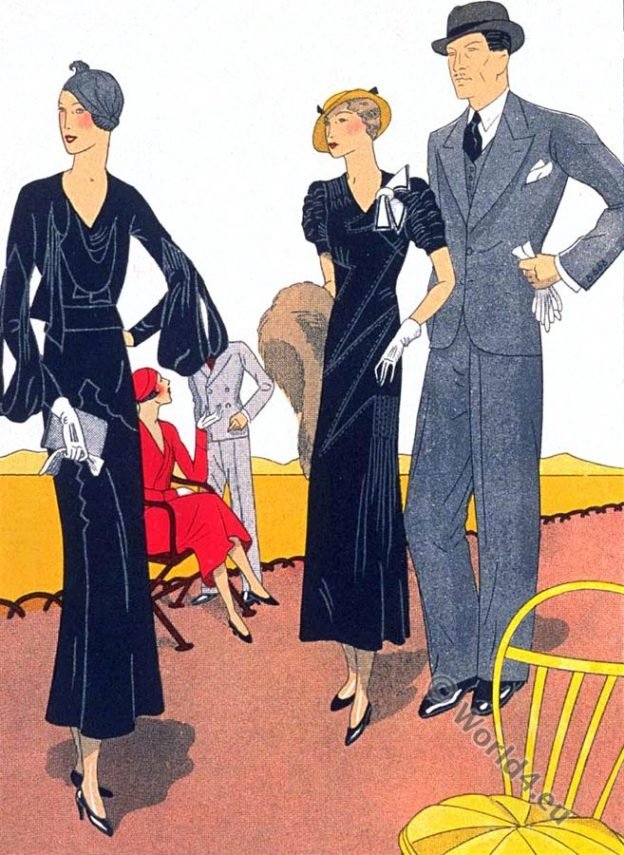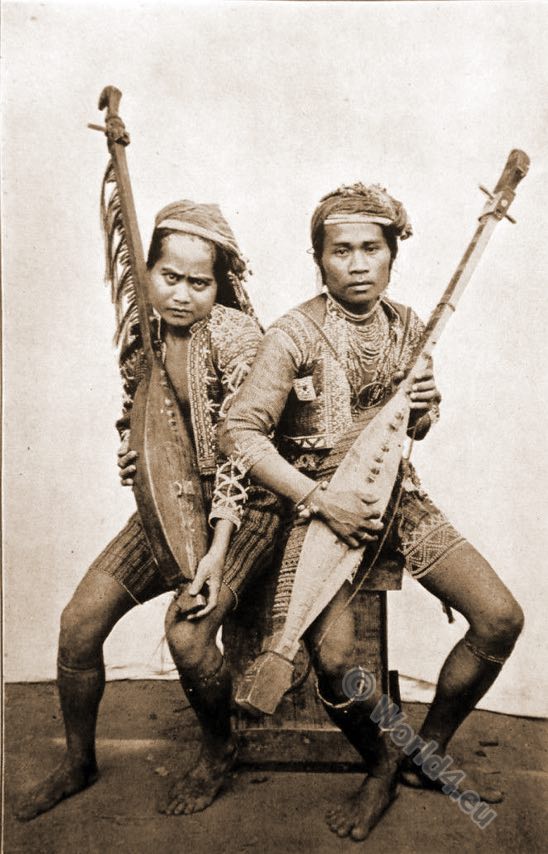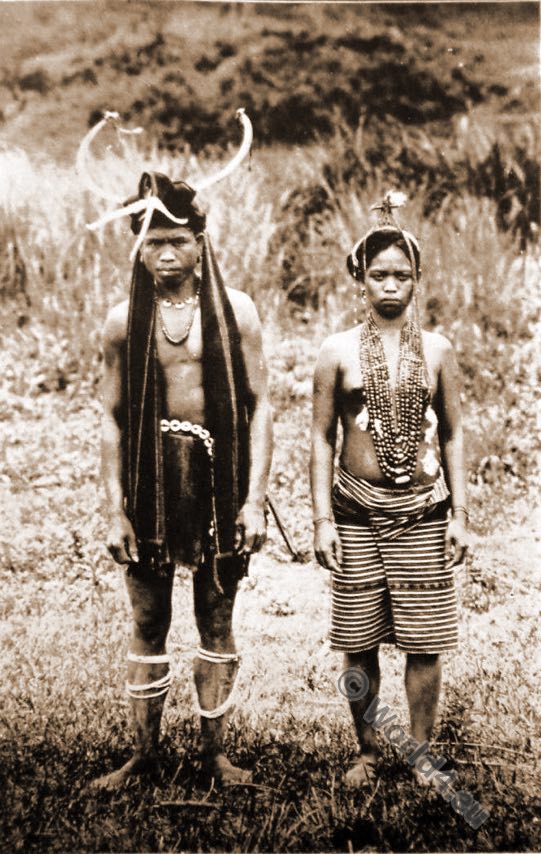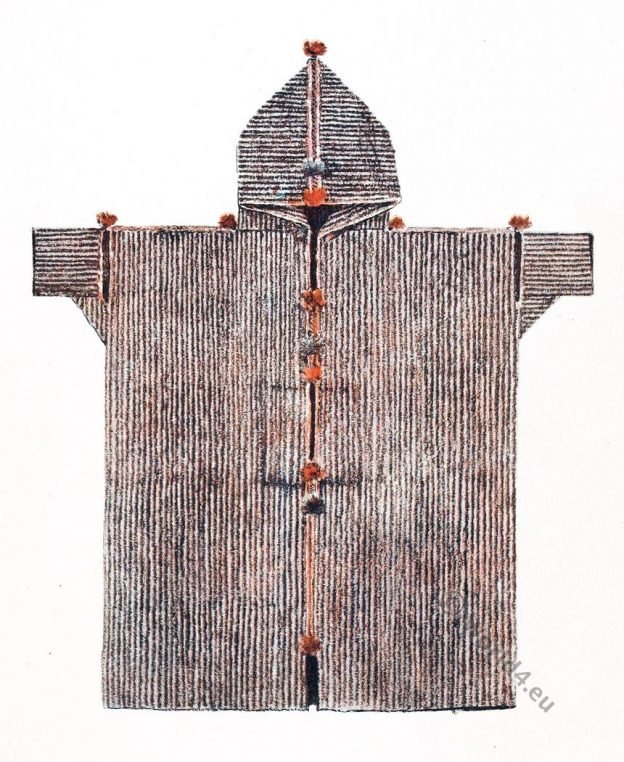Traditional hairstyle of Montehermoso, Cáceres, Spain.
Category: 20th Century
A Vanishing Figure. An Argentine Gaucho 1915.
A Gaucho wearing the chiripá, or loose over-trousers, and carrying the bolas around his waist.
Ensembles of Bernard & Cie and Ardanse.
Ensembles of Bernard & Cie and Ardanse. Art-Goût-Beauté: feuillets de l’élégance féminine.
Création Chanel. Dress worn by Princess Dimitri.
Création Chanel. Dress for afternoon-evening worn by Princess Dimitri Romanov, Princess of Russia.
Mindanao natives playing the Kutiyapi. Philippines.
The kutiyapi, or kudyapi, is an indianized Filipino two-stringed, fretted boat-lute. It is the only stringed instrument among the Maguindanao people, and one of several among other groups such as the Maranao and Manobo.
Igorot or Cordillerano Native. Ifugao couple. Philippine Islands.
The Igorot (also Cordillerano) are an indigenous people living on the Philippine island of Luzon.
Tien An Men parade. Chinese National Day 1954.
Chinese National Day. Tien An Men parade 1954. National Day, October 1- here in Pecking’s Tien An Men Square, Chairman Mao Tse-tung reviews the marching columns of the paraders. Source:… Read More
Oriental Costumes. Farasia. Kaftan. North Africa, Morocco.
The Farasia, Kaftan. This garment is a shirt-dress with wide sleeves, it is buttoned over the chest.
Djellaba. North Africa, Marocco.
This hooded garment serves as an outer dress and replaces the burnoose or sulham.
India. The carpenters of Bengal. A Group of Sutars.
A Group of Sutars, Carpenters, Bengal. Mongolo-Dravidian Type.


